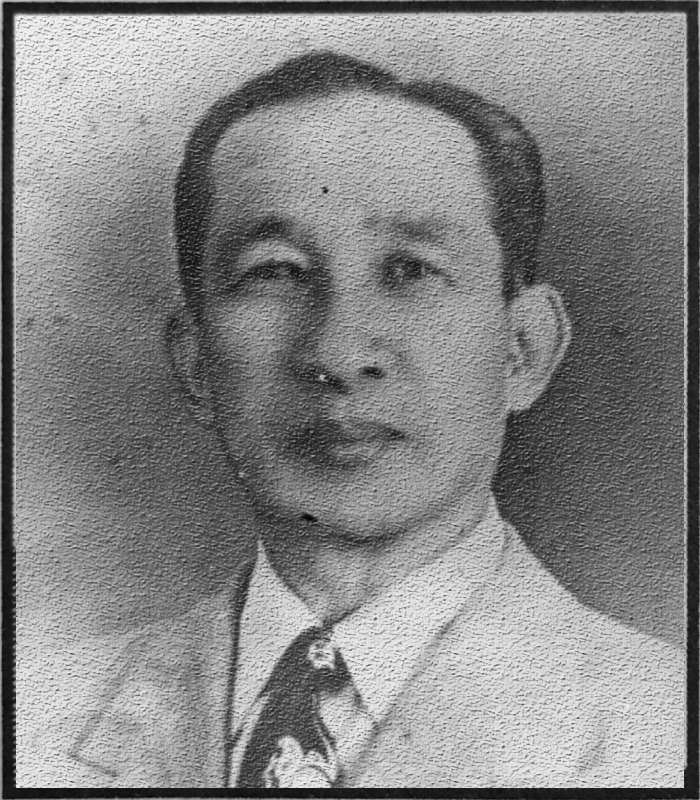The Story of First Farmers
Meeting the Challenge of Their Time (First of the series)
(First of the series)
BY: NICOLAS L. LEDESMA
CHAPTER I
THE YEAR THAT WAS
The year was 1979.
Since 1963 and as early as 1977, no less than nineteen (19) new sugar mills had been constructed and established throughout the Philippine archipelago, in existing sugar-producing areas as well as the new sugar-producing districts such as Mindanao and Northern Luzon.
The total cost of investments, heavily financed and/or guaranteed by the Philippine National Bank (PNB) to foreign creditors, was approximated to run to almost US $500 million or P3,750,000,000.00 at the then existing rate of exchange.
In the study conducted by the Department of Labor, ¹ it was shown that most, if not all the new sugar mills, hardly made money from their operations, could not meet their yearly amortizations, and were just barely able to keep up with the interest payments on their loans.
The very few, if not the only exception, was the First Farmers Milling and Marketing Cooperative, Association, Inc. (FFMMCAI).
In less than fifteen (15) years of operations, FFMMCAI had paid its long-term loans, recovered its initial investment, and earned for its member-stockholders a total net savings (Income) of One Hundred Nine Million Three Hundred Eighty Nine Thousand Nine Hundred Seventy Nine Pesos and Ten Centavos (P109,389,979.10).
It was, in the lexicon of money managers, a very bankable sugar mill.
Why did most of the new sugar mills – with the exception of the First Farmers – face financial difficulties even before the price of sugar went down? Why was the First Farmers the only mill successful in earning profit among the new sugar mills? Wasn’t this a remarkable economic phenomenon in the annals of the new sugar centrals?
The answers lie in the analytical study of the history of the First Farmers because the FFMMCAI’s case was unique in terms of its establishment and ownership in comparison with the other mills.
The year was 1963.
After the expiration of the long-term (30 years) milling contracts in 1960, the Talisay-Silay Milling Company submitted renewal contracts to the Talisay – Silay Planters’ Association for the planters’ signature.
Negotiation for the new milling contract between the central and the planters had been going on a few years before the expiry date of the 30-year old contract. The planters had drafted a new contract responsive to the call of the times and eliminated portions of the old agreement that were no longer relevant.
These negotiations went on until around August 1958 when there appeared to be a breakthrough: a new milling agreement was drafted by Atty. Ramon Nolan, as per instruction of Dr. Trino Montinola, president of the Talisay-Silay Planters Association and initialled by both Dr. Montinola, representing the planters and Mr. J. Amado Araneta, president of the Talisay-Silay sugar central. The only step left was for the new milling contract to be printed.
However, a few days later, Mr. Araneta called by long distance from Manila to inform the Talisay-Silay planters that he wanted a few changes made on the agreed draft. Dr. Trino Montinola answered that the draft, as initialled by both of them, was already final
Patiently, the Board of Directors of the Talisay-Silay Planters Association sent Mr. Eduardo L. Claparols and Mr. Agustin Coscolluela to confer with Mr. J. Amado Araneta.
A breakfast conference was held in Mr. Araneta’s house in Cubao, Quezon City.
The bone of contention against which Mr. Araneta was quite adamant was the paragraph stating “…the export sugar which was to be delivered by the entrance free on board ship”. Instead, he wanted to charge the planters 20 centavos per picul, escalating in price as time went by.
The representatives of the sugar planters reminded Mr. Araneta that the condition was not even a new demand, but was embodied in the 30-year old contract, and that he had already acceded to the new milling contract by initialling the agreement. Mr. Araneta, however, was inflexible in charging the planters 20 centavos per picul, and even insisted in making other changes. On that strained note, the planters’ representatives left and conveyed the outcome to their fellow-planters.
In September 15, 1958, an emergency General Meeting was convoked by the president of Talisay-Silay Planters’ Association to take up the report of their representatives.
The changes that Mr. Araneta insisted on, notwithstanding a final draft mutually agreed upon, was the straw that broke the camel’s back, so to speak. In the General Meeting, a resolution was approved by the planters. It read:
“The Planters of Talisay-Silay Milling district declare any negotiations with Mr. J. Amado Araneta completely terminated, and are giving advanced notice that they will never sign a milling contract with his sugar mill under any conditions and circumstances. They further resolve that in due time the Planters themselves would put up their own Sugar Mill.”
In the demonstration of unity, 98.6% of the planters from the Talisay-Silay Milling district signed the resolution with copy furnished Mr. Amado Araneta, president of the Talisay-Silay Milling Company.
Watch out for Chapter II, The Contract Issue…

